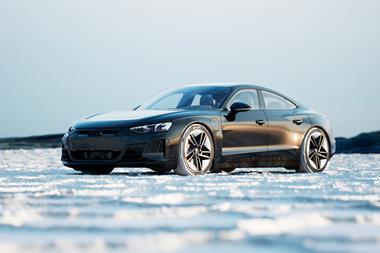“Glass is a unique and transformative material ideal for automotive interior applications,” says Christie McCarthy, director, commercial operations for Corning® Gorilla® Glass for Automotive Interiors. “Glass can enable consumers to interact with their vehicles the way they currently interact with their smartphones.”
Glass has transformed smartphones into sleek and lust-worthy items that consumers can’t wait to get their hands on, while proving tough enough for everyday use. An emotional connection has formed between consumers and their smartphones as they’ve used the technology to connect with family and friends, and to customise day-to-day aspects of their lives. Bringing the complete smartphone experience to automotive interiors can complete the digital lifestyle car-buyers crave, and the heightened experience they need.
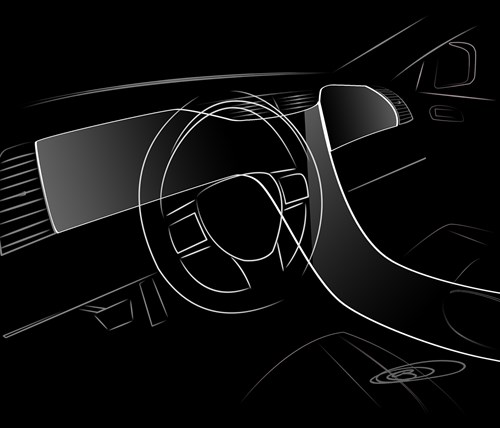
Only glass, as a premium material, has enough design flexibility and high-tech capabilities to bring automotive interior displays into the vivid connected future. For 165 years, Corning Incorporated has had a deep love affair with glass, understanding its capabilities to an intimate level, especially its metamorphosis from a primitive substance into an elegant material that maintains strength. “Glass has many attributes that are superior to plastics: its durability and touch responsiveness are better, which are two key reasons why we don’t see plastic coverings on smartphones today,” says McCarthy. “It can also withstand ultraviolet damage from the sun, which can harm lamination bonds within plastics and turn the material yellow. Glass maintains its brilliance.”
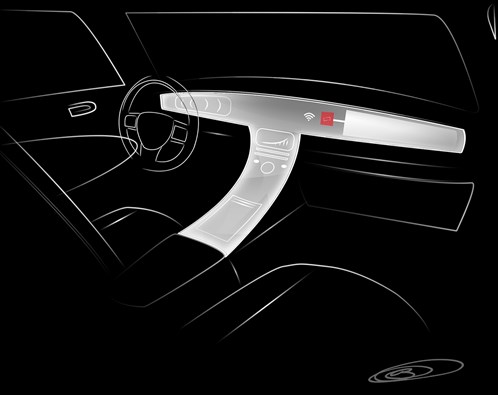
Glass offers unrivalled opportunities to designers for decoration, and Corning Gorilla Glass for Automotive Interiors can be formed to curve precisely around consoles and dashboards for custom designs with enhanced ergonomics and aesthetic appeal. “Glass is truly a chameleon: it can be made very thin, which can help save weight without sacrificing its durability,” says McCarthy. “Designers have creative freedom with screen printing and vibrant printing on the glass itself. Opportunities to cover beautiful wood or metal veneers with this durable material can add an authentic, natural flair to our digital lives. Anti-glare coatings only further glass’s appeal and can eliminate the need for bulky, recessed displays.”
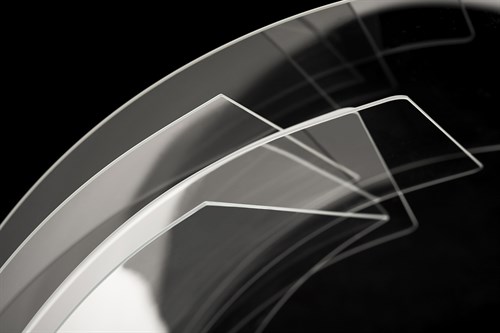
As it is produced in ultra-thin sheets, Gorilla Glass can also be made without hot-moulding. “The cold form process allows us to achieve a 3D shape at a 2D cost because it’s manufactured flat, which makes it easier to ship, cut, and decorate,” McCarthy explains.
“Glass has evolved from a simple material to a tough, sophisticated medium that is at the forefront of our connected lives,” McCarthy concludes. “We believe glass will remain at the centre of this industry transformation, enabling chic, smart surfaces that both please consumers and indulge designers.”
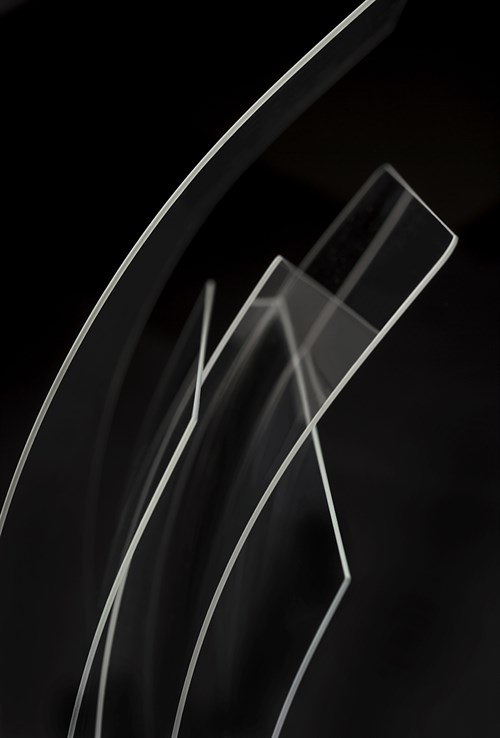
Corning
Corning Incorporated
Established: 1851
HQ: Corning, New York, USA
Research centres: North America, Europe, Asia
Global employees: 40,000
Global facilities: 98 plants in 17 countries
Contact: Anna Giambrone, GiambronAI@Corning.com
www.corning.com
www.corninggorillaglass.com/auto































